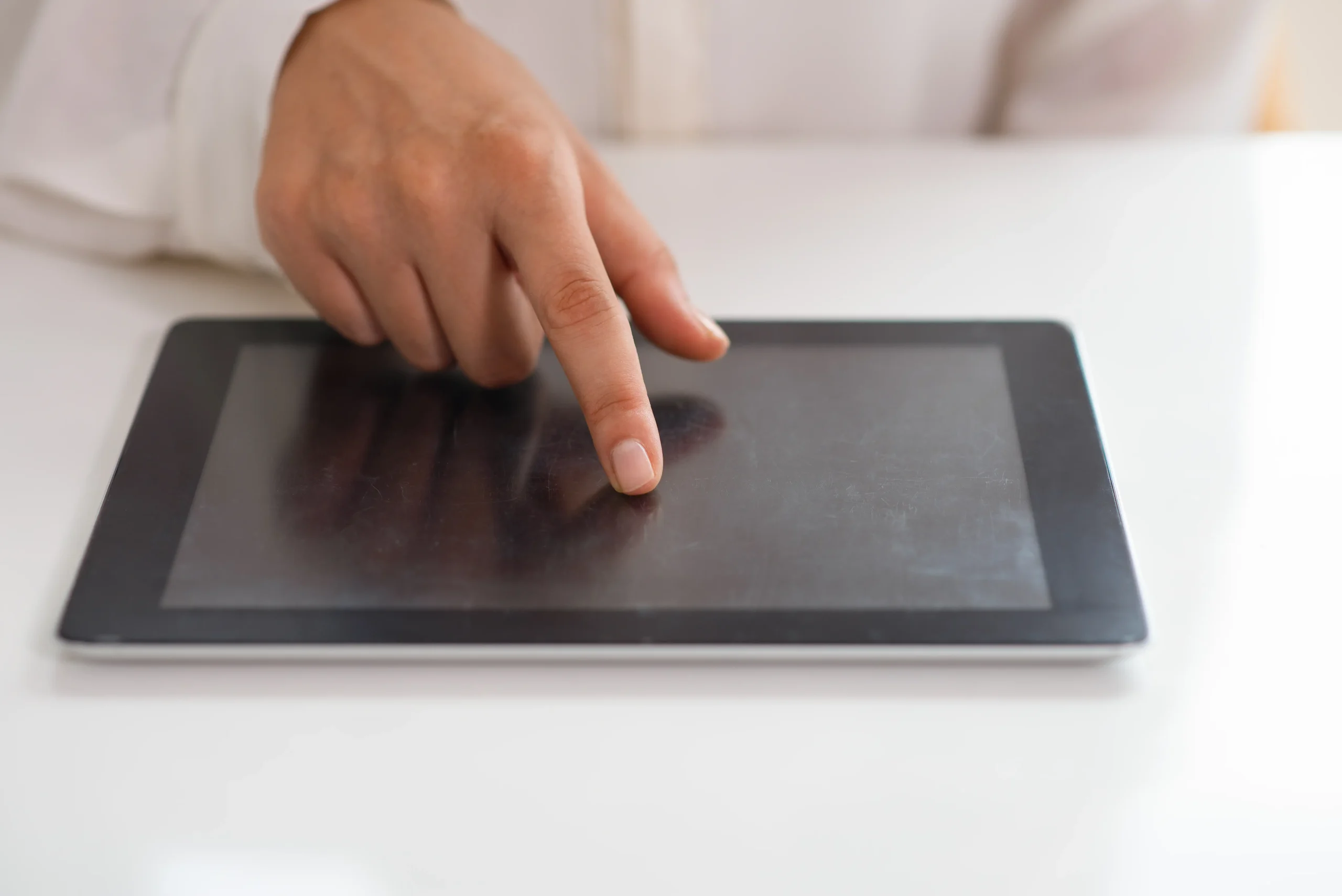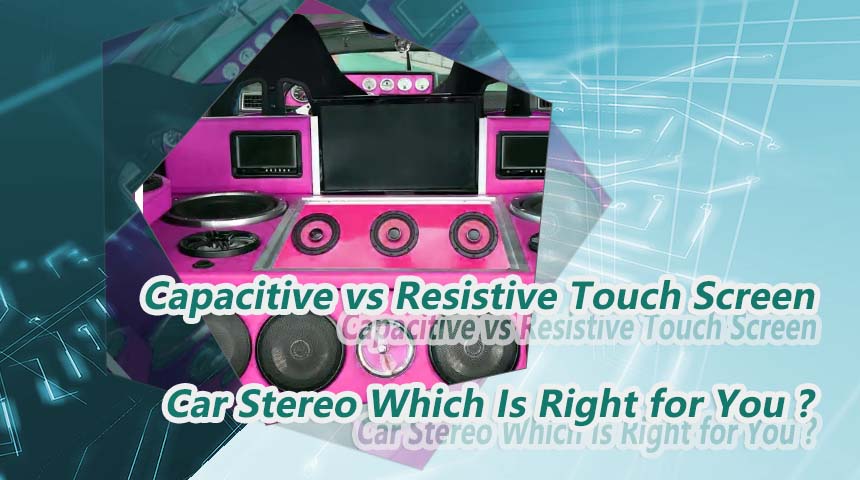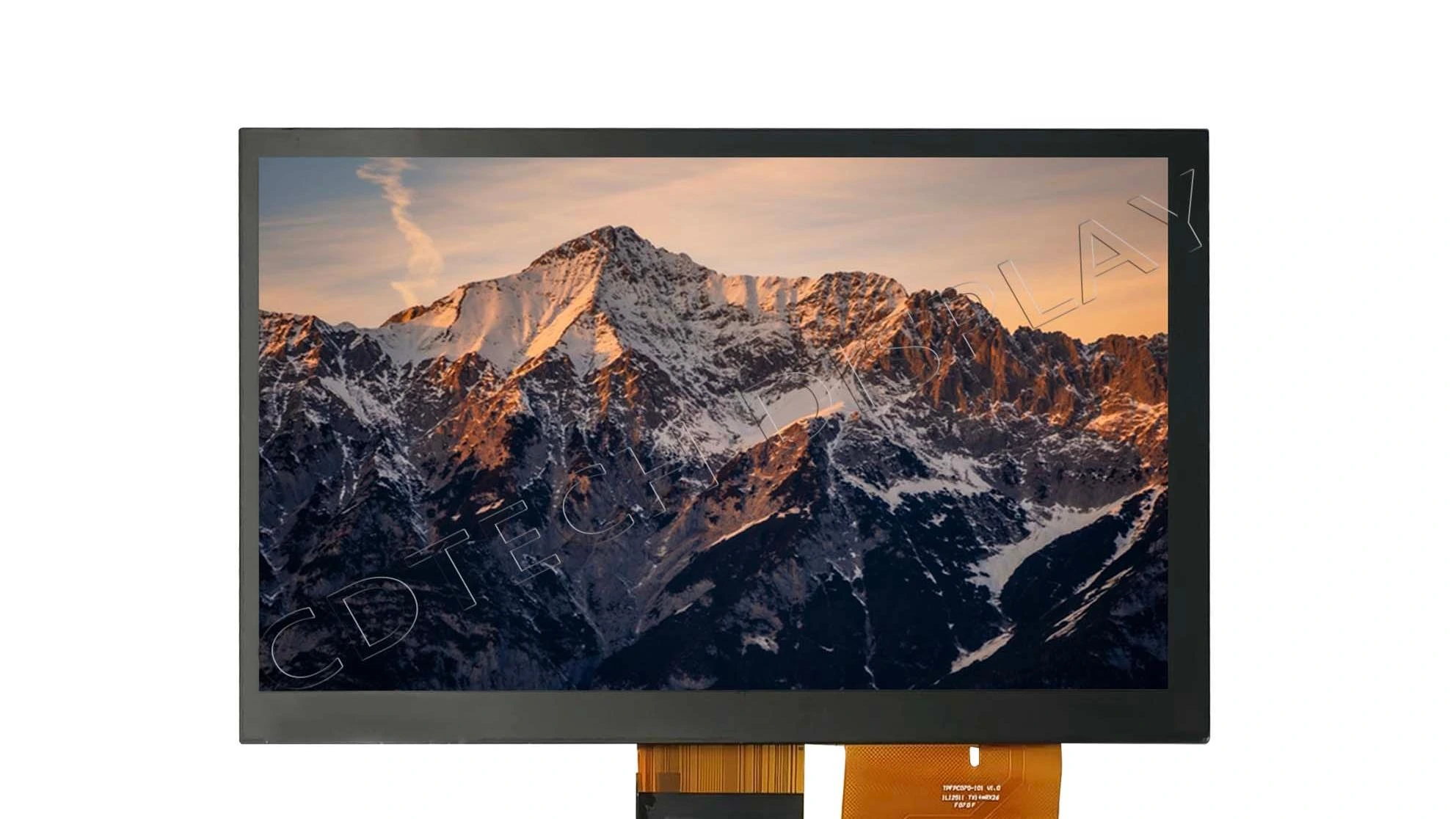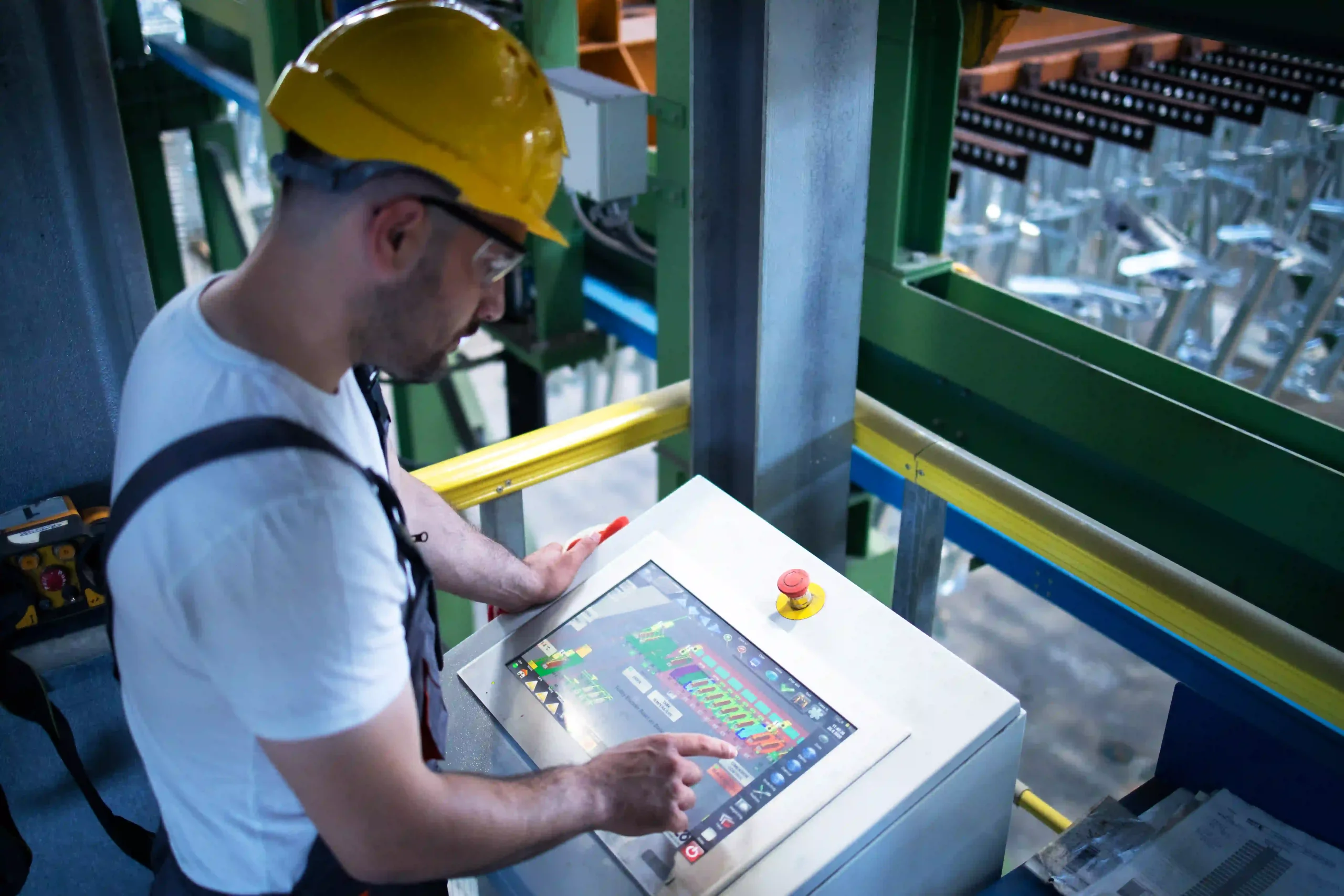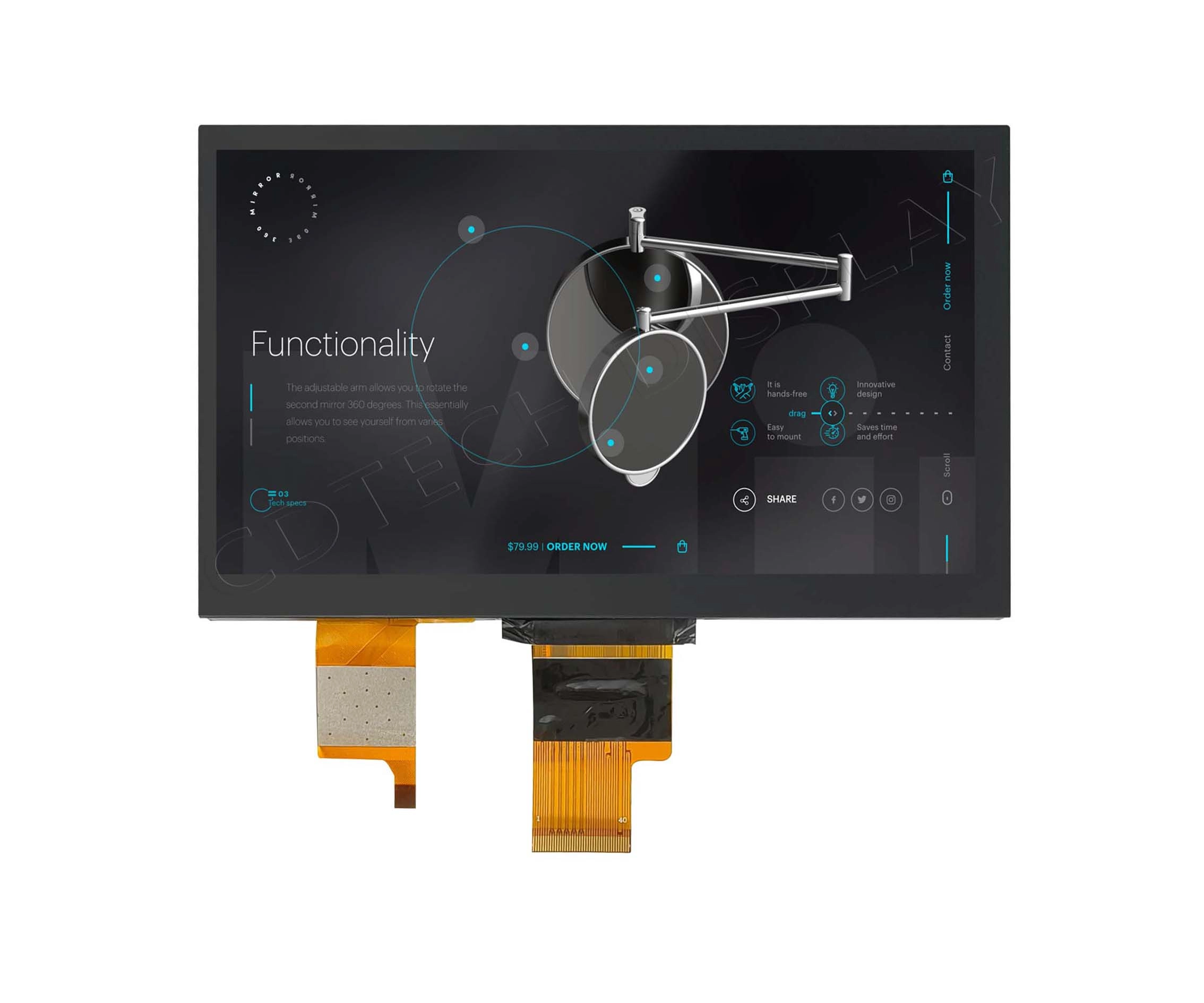What are the different types of touch screen technologies used in 7-inch touch screen monitors?

Exploring the Importance of Touch Screen Technology
The Growing Popularity of 7-Inch Touch Screen Monitors
Consumer needs have shaped the design and features of modern screens. From TVs to smartphones, makers keep improving screens to match what users want. As technology grows, so do people’s expectations for displays. Among these changes, 7-inch touch screen monitors have become a top pick for many uses. Their small size pairs well with sharp resolution and quick touch response. This makes them great for both home and work settings.
These monitors appear in portable gadgets like tablets. They’re also used in car displays and industrial tools. Their size balances ease of carrying with practical use. This suits many fields.
Key Applications for 7-Inch Touch Screens Across Industries
The flexibility of 7-inch touch screens makes them vital in many areas. In healthcare, they’re part of medical devices. They help monitor patients and run diagnostics. Retail uses them in checkout systems. This speeds up sales. In transportation, they act as navigation tools or vehicle controls.
Industrial automation relies on them too. They’re used in machinery control panels. Their tough design ensures steady performance in rough conditions. Schools and entertainment use 7-inch touch screens in learning tools and gaming devices. They make interactions more engaging.
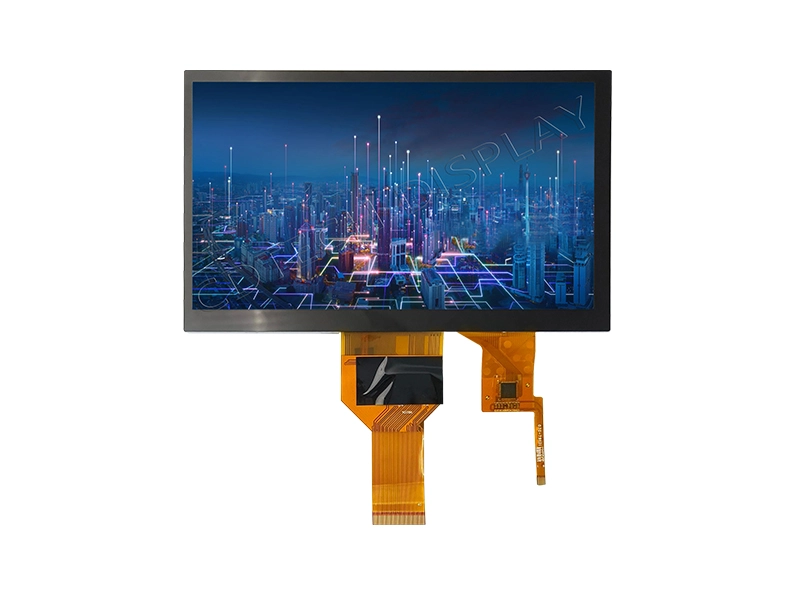
Common Types of Touch Screen Technologies
Resistive Touch Screen Technology
Features and Functionality of Resistive Screens
Resistive touch screen technology works when pressure hits the screen. It has layers separated by a small gap. When touched, these layers meet at certain spots. The system then detects the touch point.
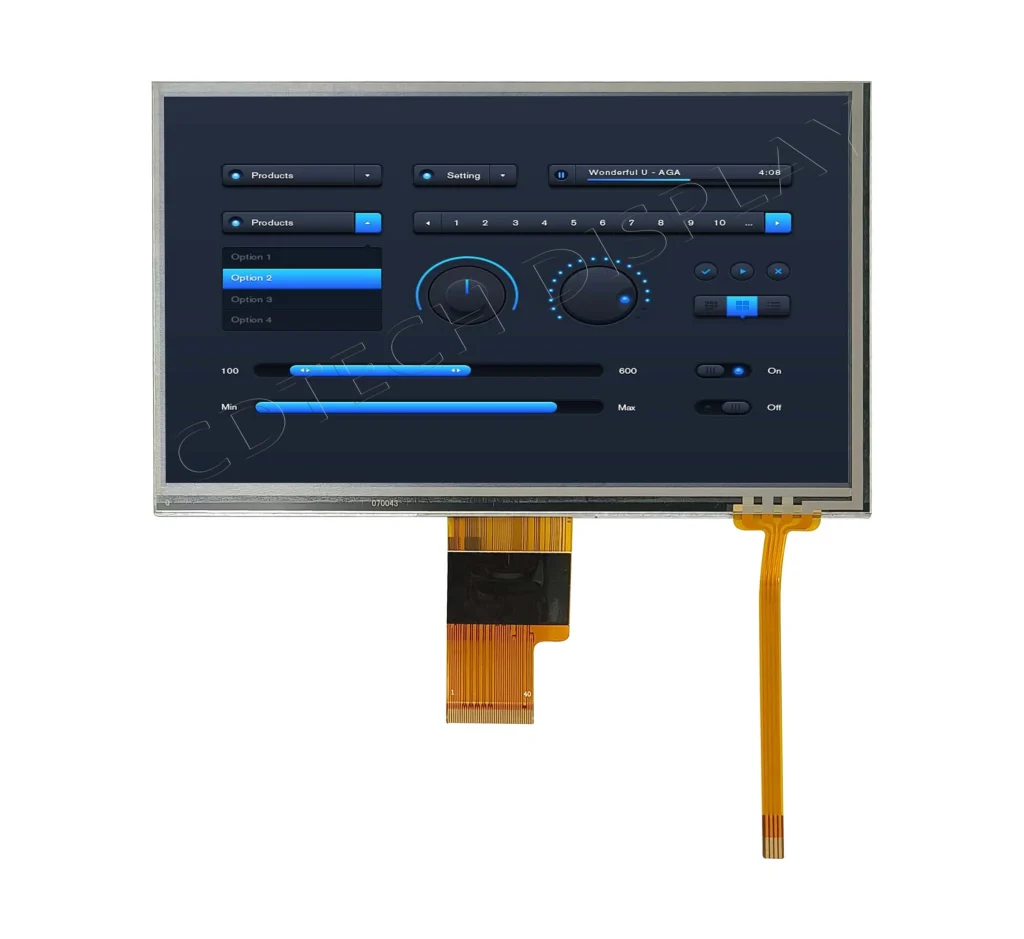
Advantages and Limitations in Practical Use
Resistive screens are budget-friendly. They work with fingers, styluses, or gloves. But they don’t support multi-touch. They’re also less tough than other options. This is because they depend on physical pressure.
Capacitive Touch Screen Technology
How Capacitive Screens Work
Capacitieve aanraakschermen sense changes in electrical charge. This happens when a conductive object, like a finger, touches the screen. They use a clear conductive layer on a glass panel.
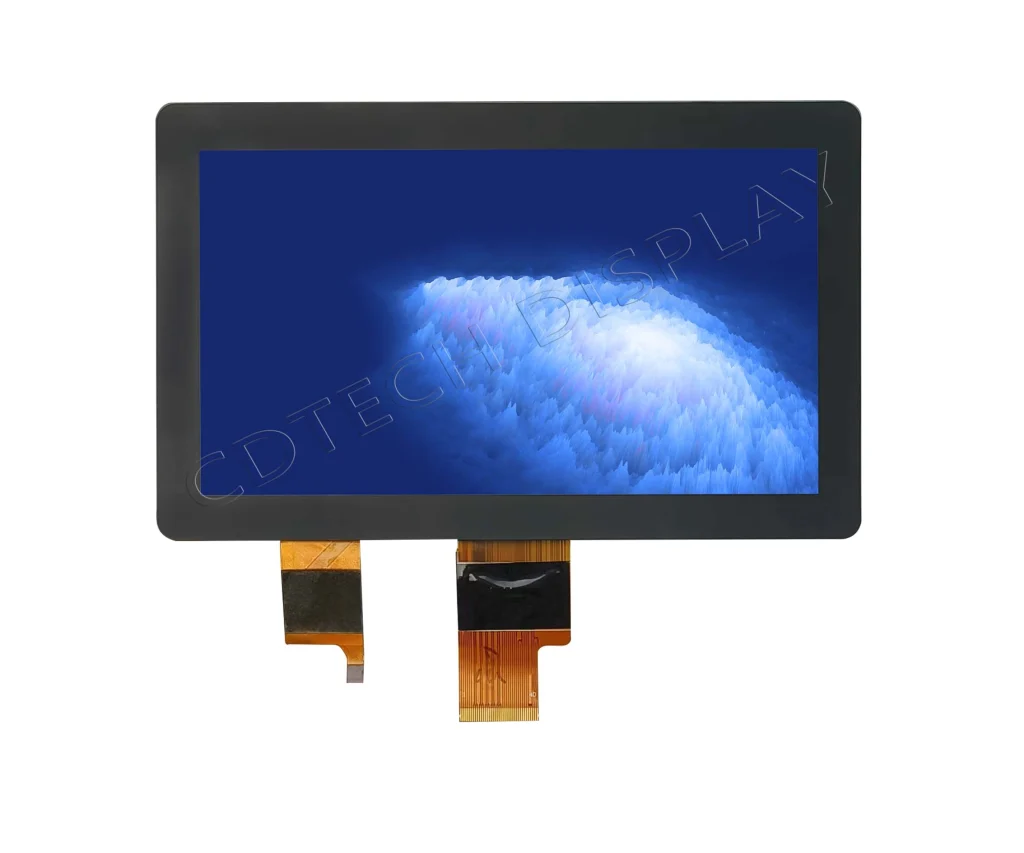
Benefits of Capacitive Technology in Modern Devices
Capacitive screens give clear visuals and support multi-touch. This makes them perfect for smartphones and tablets. They’re very durable. They don’t need physical pressure. But they require skin contact or special styluses.
Infrared Touch Screen Technology
Principles Behind Infrared-Based Touch Screens
Infrared touch screens use infrared LEDs and photodetectors. These create an invisible grid along the screen’s edges. When something touches the screen, it breaks the grid. The system figures out the touch spot from the blocked beams.
Use Cases and Advantages in Specific Environments
Infrared technology fits large displays like kiosks or interactive boards. It’s highly accurate and durable. It supports multi-touch without affecting image quality. No extra layers cover the display.
Surface Acoustic Wave (SAW) Technology
Overview of SAW Mechanisms
Surface Acoustic Wave (SAW) technology uses ultrasonic waves. These travel across the screen’s surface. A touch absorbs some waves at the contact point. This allows precise detection.
Practical Applications and Challenges
SAW screens offer great clarity and quick response. But dust or water on the surface can affect them. They’re often used in ATMs and info kiosks. Visual quality matters in these settings.
Optical Imaging Technology
The Concept Behind Optical Imaging Screens
Optical imaging technology uses cameras and infrared light. These are placed around the display’s edges. They detect touch by analyzing shadows made by objects on the screen.
Advantages for Precision and Versatility
This technology is very precise, even on big screens. It’s also cost-effective for some uses. Its flexibility suits interactive tables or wall displays. These are common in teamwork spaces or exhibits.
Summary Table: Comparison of Touch Screen Technologies
|
Technology |
Belangrijke functies |
Voordelen |
Limitations |
|
Resistive |
Pressure-sensitive layers |
Affordable; works with any input method |
No multi-touch; less durable |
|
Capacitive |
Detects changes in electrical charge |
High clarity; multi-touch support |
Requires conductive input |
|
Infrared |
Uses LED-photodetector grids |
High accuracy; no impact on image quality |
Expensive, sensitive to environmental factors |
|
SAW |
Ultrasonic waves are absorbed upon contact |
Excellent clarity; responsive |
Affected by dust/water |
|
Optical Imaging |
Cameras detect shadows created by objects |
Precise; versatile |
Bulky setup |
An Introduction to CDTech
Overview of CDTech’s Expertise in Display Solutions
Cdtech has become a trusted name in display solutions. It focuses on innovative, high-quality products for today’s industries. The company is best known for its advanced 7-inch touch screen monitors. These deliver strong performance and flexibility. Their compact size blends with modern technology. This makes them ideal for healthcare, automotive, industrial automation, and retail.
As technology changes, so do consumer needs for screens. CDTech gets this shift. It adds features like multi-touch, sharp resolution, and tough durability to its displays. The company’s focus on quality ensures its products go beyond what customers expect.
CDTech’s skills go past hardware. It offers full support and aanpassing. This helps clients fit monitors into their systems. It ensures smooth function and a great user experience.
Other Products Offered by CDTech Beyond 7-Inch Monitors
CDTech offers more than just 7-inch touchscreen monitors. Its product range meets many needs. It includes larger touch screens for bigger interfaces. It also has specialized monitors for tough settings. These rugged displays handle extreme heat, cold, or vibrations. They’re great for industrial or outdoor use.
CDTech also makes non-touch displays. These focus on clear visuals and low energy use. They’re used in digital signs, control rooms, or other work settings where touch isn’t needed. Plus, the company provides accessories like mounting brackets and protective covers. These improve product use and lifespan.
CDTech’s wide range shows its commitment to meeting client needs. It blends advanced technology with tailored features. This keeps its solutions relevant in a changing market.
FAQ
Q: Why choose CDTech’s 7-inch touchscreen monitors?
A: CDTech’s 7-inch touchscreen monitors balance portability and function. They offer a sharp resolution for clear images, multi-touch for better interaction, and a strong build for reliable use across industries.
Q: How does CDTech ensure monitor durability?
A: CDTech uses high-quality materials and strict testing. Features like scratch-resistant surfaces and rugged options keep monitors tough in hard conditions.
Q: Can CDTech customize 7-inch touch screens?
A: Yes, CDTech offers customization. Clients can adjust design, features, and integration to fit specific needs.
Q: Does CDTech offer other display sizes?
A: Yes, CDTech has many display sizes. Larger options suit users needing bigger interfaces or stronger visual impact.
Q: Which industries benefit from CDTech’s displays?
A: Healthcare, automotive, industrial automation, retail, and education gain from CDTech’s solutions. They’re used in patient monitoring, navigation, control panels, checkout systems, and learning tools.

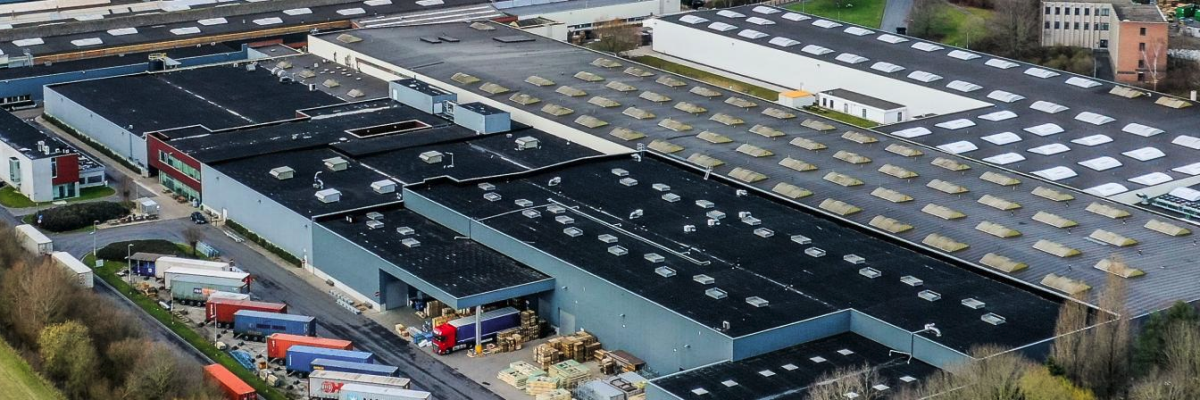
 2025-04-24
2025-04-24  11:50
11:50 